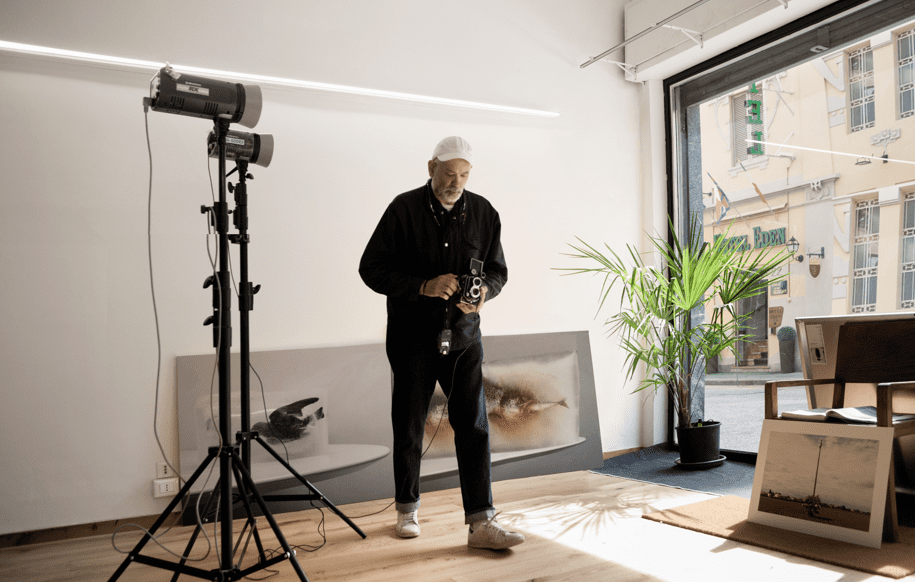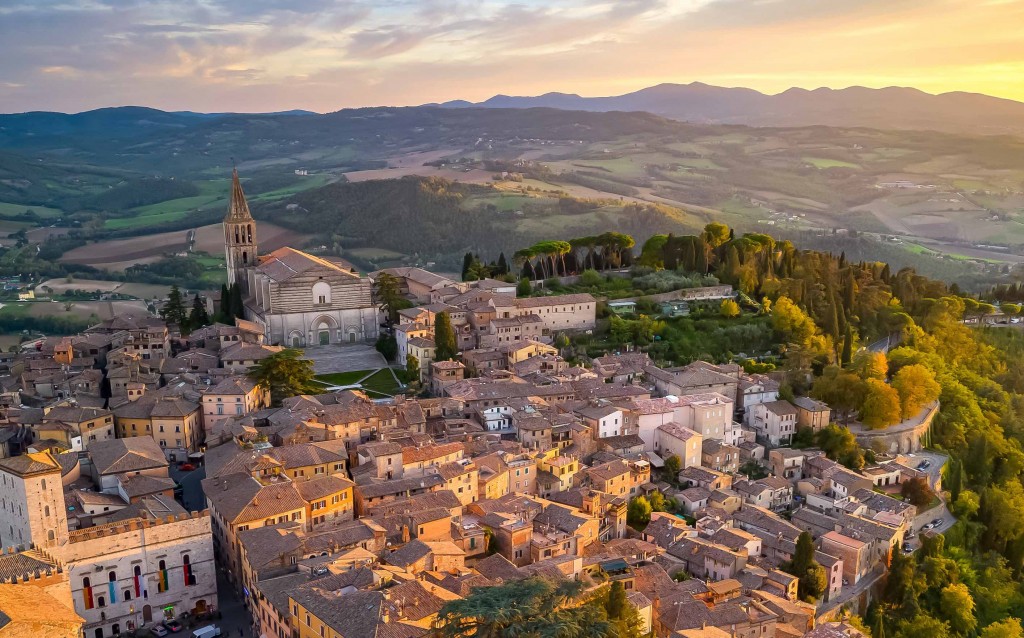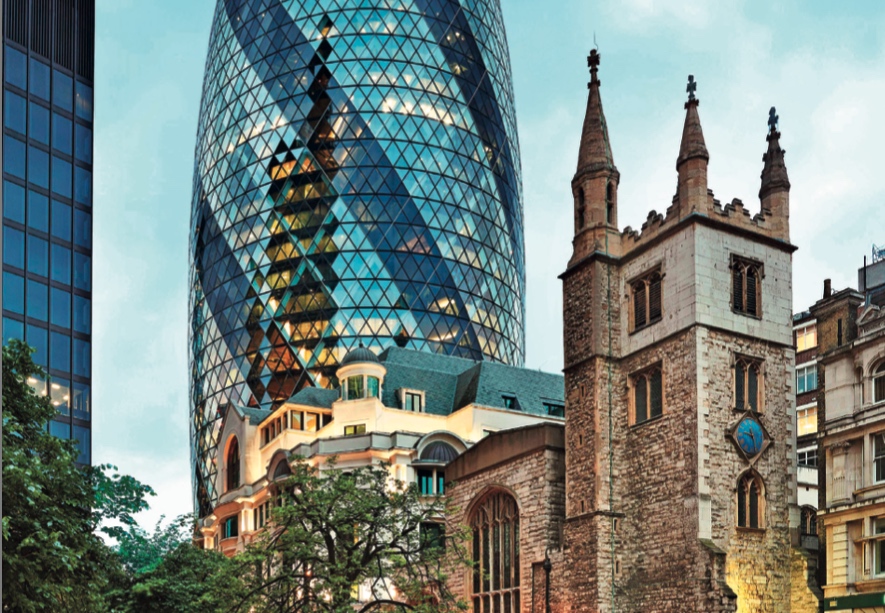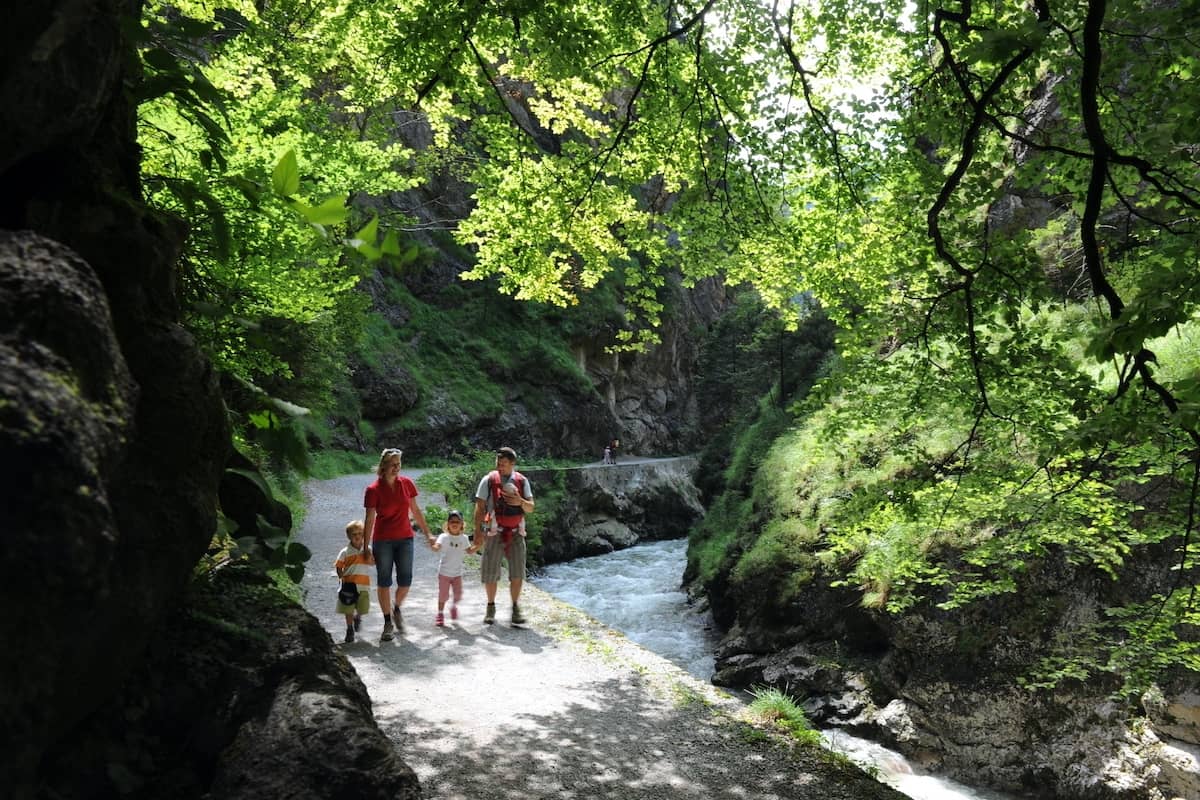The photographer Beppe Calgaro is the signature of numerous reports around the world for the monthly magazine Or. HAS Turinfrom September 2024, created the Studio Santa Veroniquea place where, between courses, exhibitions and photographic projects in the city, analogue photography is revived. With Studio Santa Veronique Beppe Calgaro wants to explain, even to the youngest, the “know-how” of movie and the gods rollsof development in darkroom and of print on paper. A method that is a response to digital “social media photos” that are too perfect and too identical to each other. That is why it is time to rediscover “real photography”.
THE Studio Santa Veronique It was opened by Beppe Calgaro at number 13 via DonizettiA San Salvario. San Salvario is Turin's alternative nightlife district, next to Porta Nuova train station. The Studio, dedicated to the patron saint of photography, opened in September 2024.
Where there used to be a theatre laboratory, the photographer has created a small studio on the first floor, an office where he can often be seen working with the exhibition space and a darkroom in the basement.
“Once upon a time – explains Calgaro – the club photowe discussed it in the darkroom or in the store. There was the apprentice assistant, who grew up carrying the bag to the “master”. Today, the relationship is made only with the small screen of the mobile phone. Many digital natives, even advanced photographers, never see their photos, even on the screen of a PC, which serves as a machine, a darkroom and a post-production laboratory. If you entrust your photos to a graphic designer, it will often be remotely. The mobile phone and its infinite memory often remains the only means by which the photo is “exposed”. This space is a modern den to relearn the techniques and rituals of photography, from shooting to exhibition, including the darkroom and printing.
Studio Santa Veronica will also be a venue for exhibitions. In 2024 the space will officially open to the city with the exhibition Patrick likes it, of the September 21. This is a first personal exhibition Luca Raphael.
“He's a truck driver, an amateur photographer who has traveled across Africa and Afghanistan. His black and white, on Facebook, had three likes, but one came from Patrick Cariouphotographer of Vogue: I will be exhibiting a series of his large prints to give space to those that I love and am good at, but which are ignored by algorithms and marketing.
Courses for photographers
Studio Santa Veronica will also be a place of learning. “We start from the evaluation of the portfolio” – says Beppe Calgaro – We then decide how to proceed, even starting from scratch. I am thinking of an individual course on the theme of street portraiture: in this district of Turin, San Salvario, there are very interesting faces and stories.
The group lessons will focus more on city outings: I would like to make it a theme around Turin at night. We will obviously focus on digital and black and white. The goal is for those who want to rediscover this medium to follow the entire chain: from filming to printing to exhibition.
A group of students from an artistic high school in Milan, Le Orsoline, will also come to do so, led by their photography teacher, the artist Vanni Cuoghi.
Why go back to analog?
The philosophy of Studio Santa Veronica Beppe Calgaro sums it up like this: “Analog responds to deep needs that the smartphone no longer satisfies.”
A personal look
With the very rapid and universal transition to digital, practices, methods and a world that many people miss today are being lost. Even young people, born digitally. The smartphone photo feeds social networks, and these are created to generate clicks by exploiting algorithms. So we end up chasing only the plan that works, the trend, to the detriment of interpretation.
“The “personal”, unconventional photo is not clicked, and therefore invisible. The same popular photographic exhibitions today focus only on “viral” names. The risk is that there will be no more experimentation and research and that what should be the heart of photographic art will be lost, namely having one's personal vision of the world.


Critical selection
Today we can take pictures easily, with one click, any smartphone allows everyone to take any type of photo, with a mobile phone we can go quickly: the small vertical format of the screen does not encourage attention to detail, and everything is arranged in a post-production manner. Then, thousands of photos end up in the device's memory or in the cloud, often forgotten forever.
“Film – observes Beppe Calgaro -, on the other hand, stimulates processing. You are forced to select. When you photograph, and then when you choose the negative to develop, you know that this image will be printed, perhaps large, framed, displayed forever. For all these reasons the “paper” photo is prepared – the easel, the choice of camera and lens… – and often starts from a project and an idea. Which ends up imagining its own exhibition, the arrangement of the “photo object” and the way it is lit.
The final effect
There is also a technical fact that many young people are also discovering, perhaps having become very skilled in the use of smart cameras but looking for “something more”. And it is then that “the film, the grain of the print, the work on the negative, give a viscosity, a softness, a depth that digital, precisely because it is “perfect”, loses. Don Milani wrote: “sharpness is not always a virtue”.
How to Start Analog Photography
It was precisely the sudden transition from analog to digital that put out of the market machines and materials that can now be found easily and cheaply online. It is worth noting that cameras “do not age” and their basic system has always been the same, even grandfather's Rolex in the attic is suitable for the beginning.
The growth of the analog trend (“even high-fashion photography is making a comeback”) also makes film, printing paper and various equipment more available again, and film-developing labs are reopening. Finally, many major brands are releasing new digital cameras, adapted to their times.



